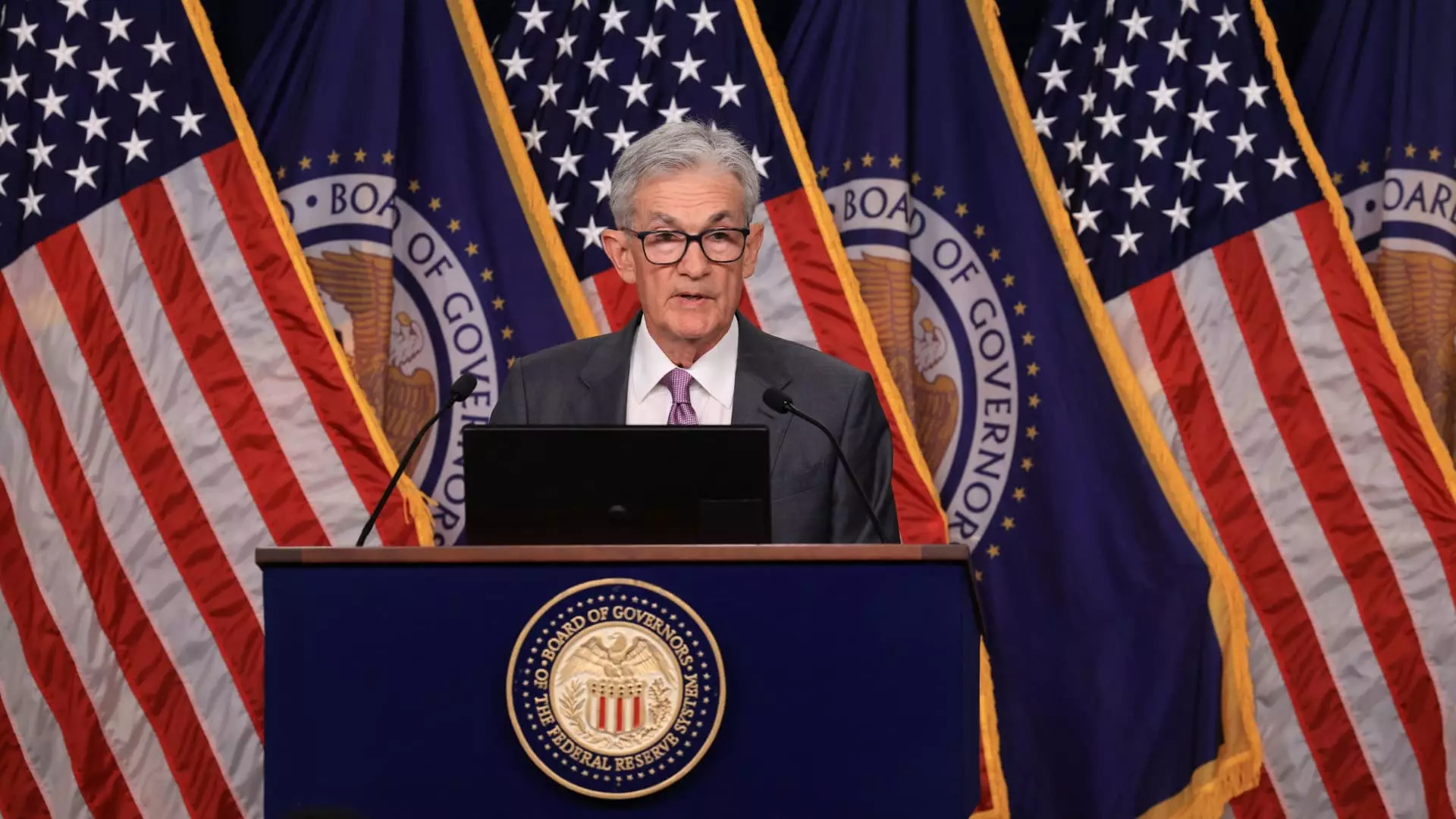In a significant move, the Federal Reserve has hinted at a deliberate reduction of interest rates, projecting a half-point cut by the close of 2024. This decision comes ahead of two critical policy meetings set for November and December, where the Fed will reassess its stance on the benchmark fed funds rate. Current indications suggest that Fed officials anticipate a year-end rate of approximately 4.4%, which translates to a target range of 4.25% to 4.5%. This forecast isn’t just a mere expectation; it is rooted in extensive evaluations by the Federal Open Market Committee (FOMC), which consists of both voting and non-voting members.
Beyond immediate adjustments, the Fed has outlined a broader view on interest rates that spans into 2025 and 2026. By the end of that period, rates are expected to hover around 3.4% and eventually dip to 2.9%. Such cuts reflect a significant shift in monetary policy intended to support economic recovery. This strategic move is characterized by a cautious yet optimistic view of inflation and employment. Fed Chairman Jerome Powell emphasized that these changes represent an evolutionary process rather than a frantic reaction to economic pressures.
The confidence expressed by the Fed in its recent Summary of Economic Projections (SEP) suggests an encouraging trajectory of inflation, which is expected to stabilize around the 2% target. In stark contrast, the unemployment rate projections have been recalibrated from 4% to 4.4% for the current year, highlighting the evolving landscape of economic challenges.
The Fed’s newly updated inflation outlook is noteworthy, dropping from 2.6% to 2.3%. Such a figure indicates a more nuanced understanding of the economic factors at play. The adjustments made to the core inflation projections, now at 2.6%—a decrease from previous estimates—demonstrate the Fed’s proactive stance in maintaining long-term price stability. These figures underscore the central bank’s commitment to balancing its dual mandate: fostering maximum employment while stabilizing prices.
The Federal Reserve’s decision to implement rate cuts reflects a pivotal moment in monetary policy that seeks to address both immediate and long-term economic conditions. As the latest projections indicate a complex interplay between inflation and employment, the upcoming meetings will be critical in determining the Fed’s trajectory moving forward. With momentum building toward lower rates, market participants and economists alike will be closely monitoring the implications of these shifts on the broader economy. As we navigate through these transformative times, the Fed’s approach will undoubtedly play a crucial role in shaping economic stability and growth in the years to come.

Leave a Reply